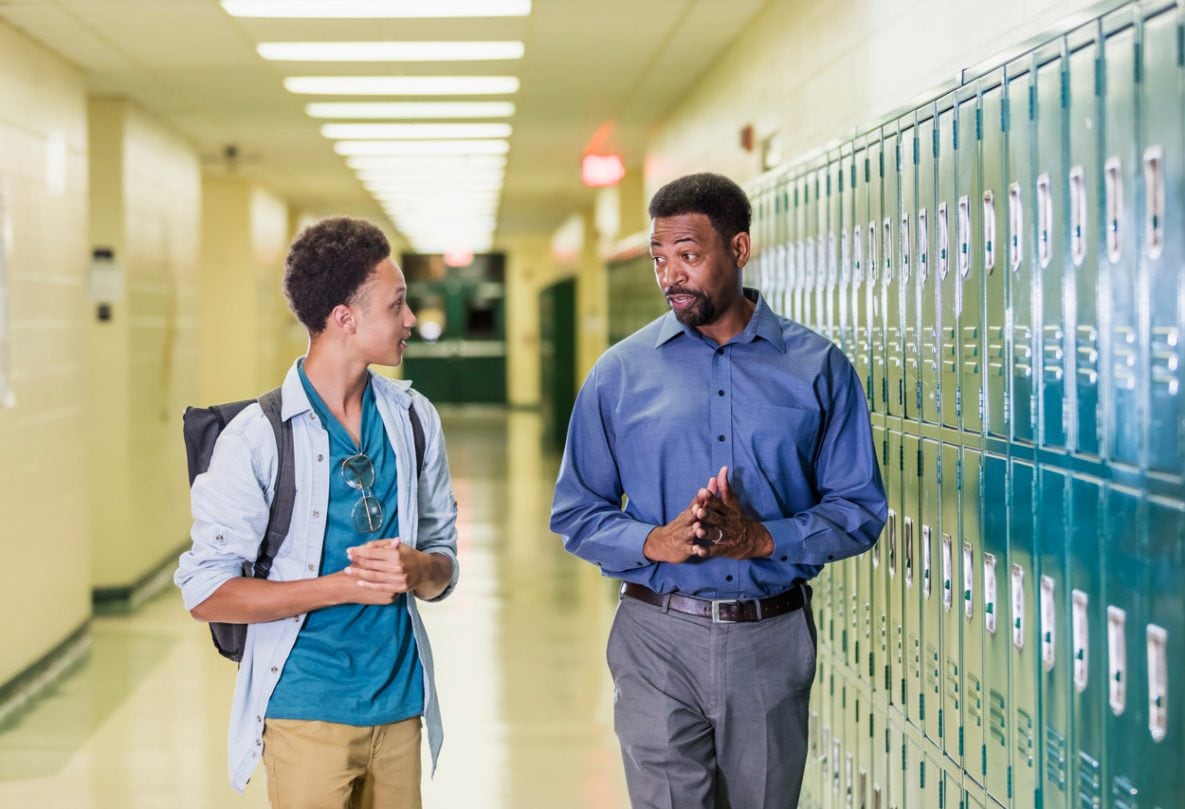What Can Schools Do?
School Connectedness
Schools play a critical role in promoting students’ health and development by creating environments where all students feel that they are cared for, supported, and belong.
When schools put in place strategies that create safe and supportive environments, including strategies focused on building school connectedness, youth are less likely to engage in risky sexual, violence, and substance use behaviors.
Schools can help youth feel more connected through:
Classroom Management
Well-managed classrooms that incorporate positive behavior management strategies are one way that teachers and other school staff can build school connectedness.
- Teachers and school staff can use these specific classroom management skills and strategies to help build connectedness.

LGBTQ+ Inclusive Practices
School programs and practices that promote inclusion, such as gender and sexuality alliances (GSAs) and multi-cultural groups/clubs, increase all students’ sense of safety and connectedness. These include:

Positive Youth Development Programs
These programs provide youth with a network of supportive adults and promote development of positive characteristics.


CDC’s What Works in Schools Program helps schools foster safe and supportive school environments that increase school connectedness, as well as supporting quality health education and referrals to health services.
- Li J, Timpe Z, Suarez NA, Phillips E, Kaczkowski W, Cooper AC, Dittus PJ, Robin L, Barrios LC, Ethier KA. Dosage in Implementation of an Effective School-Based Health Program Impacts Youth Health Risk Behaviors and Experiences. Journal of Adolescent Health. 2022 Jun 1.